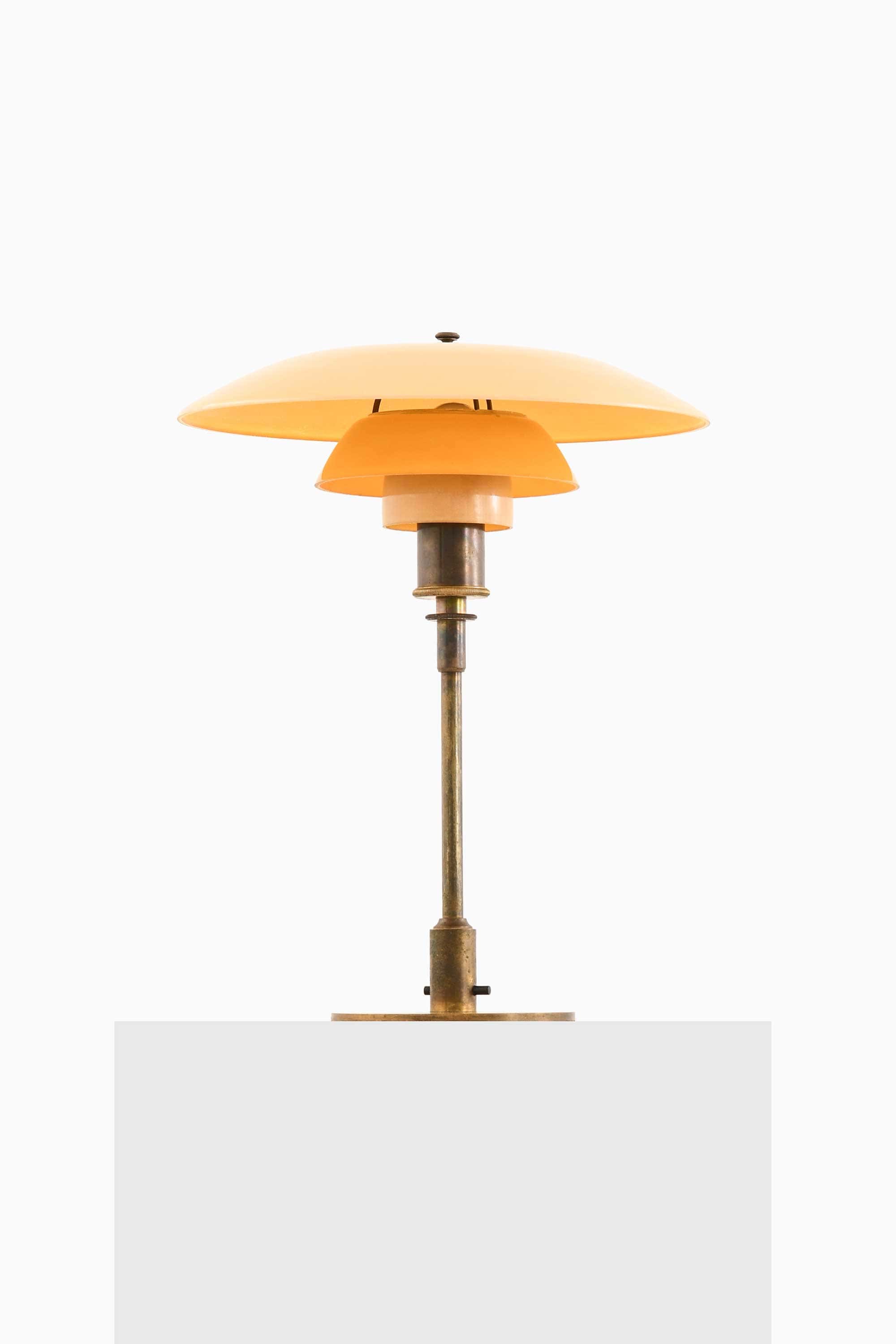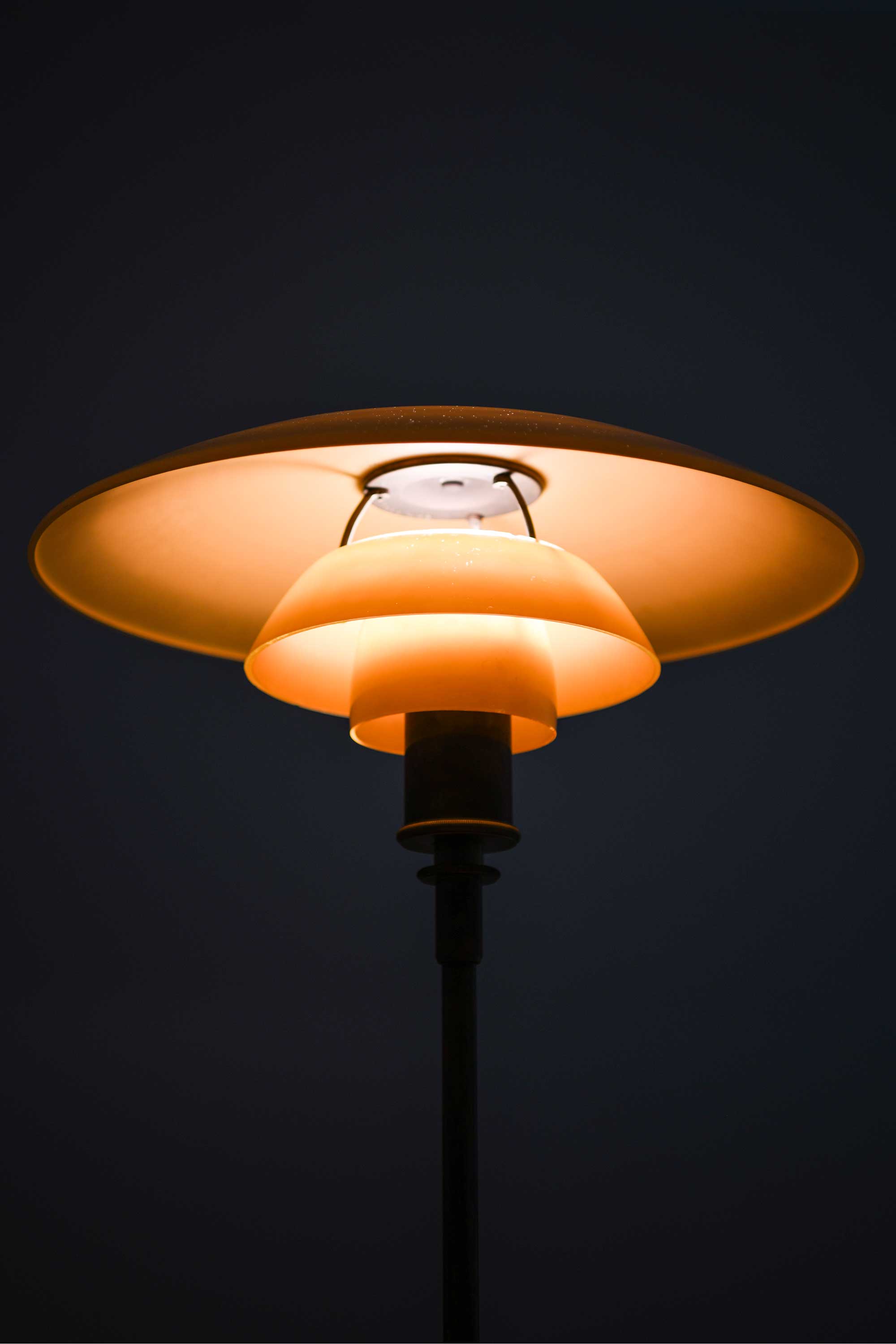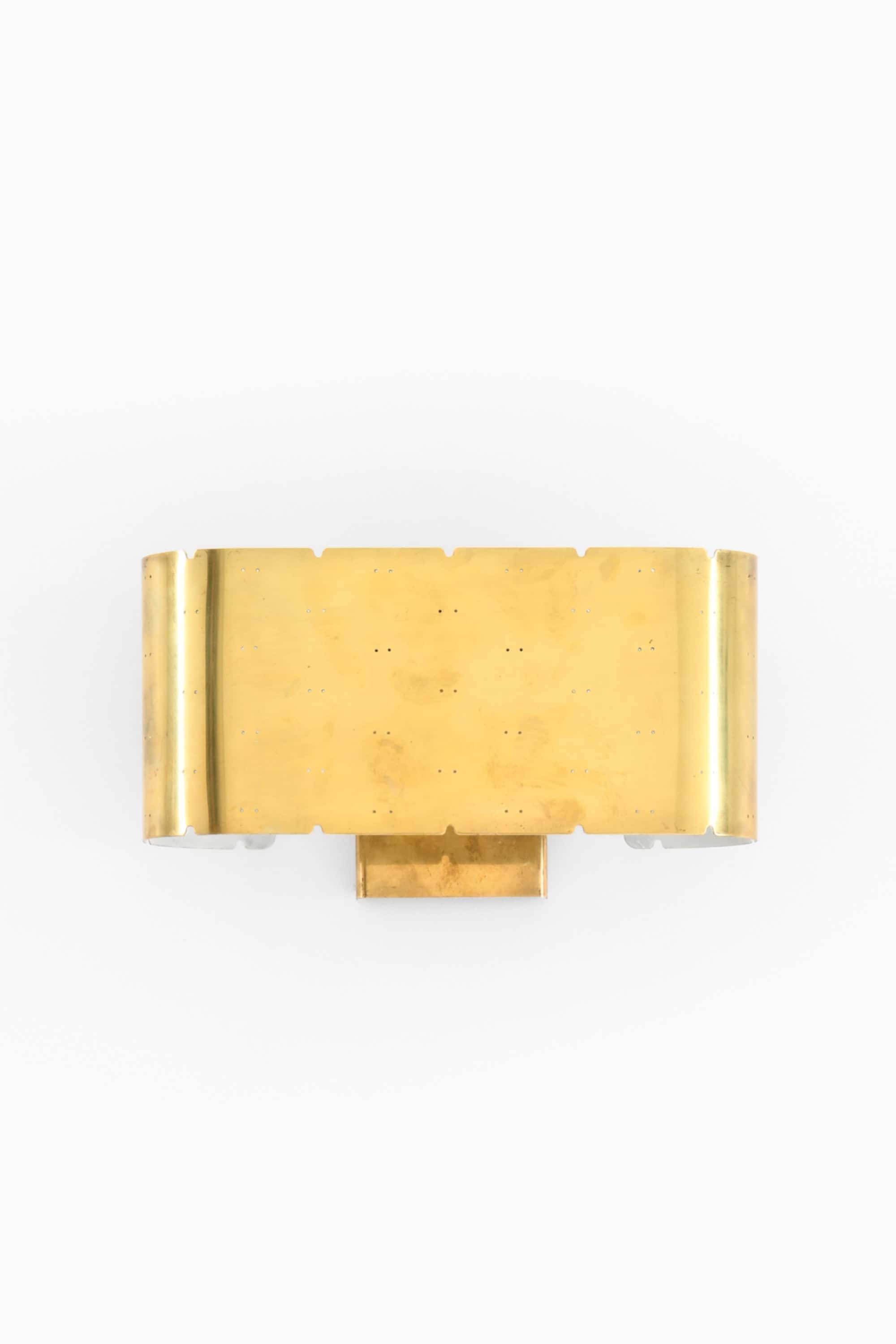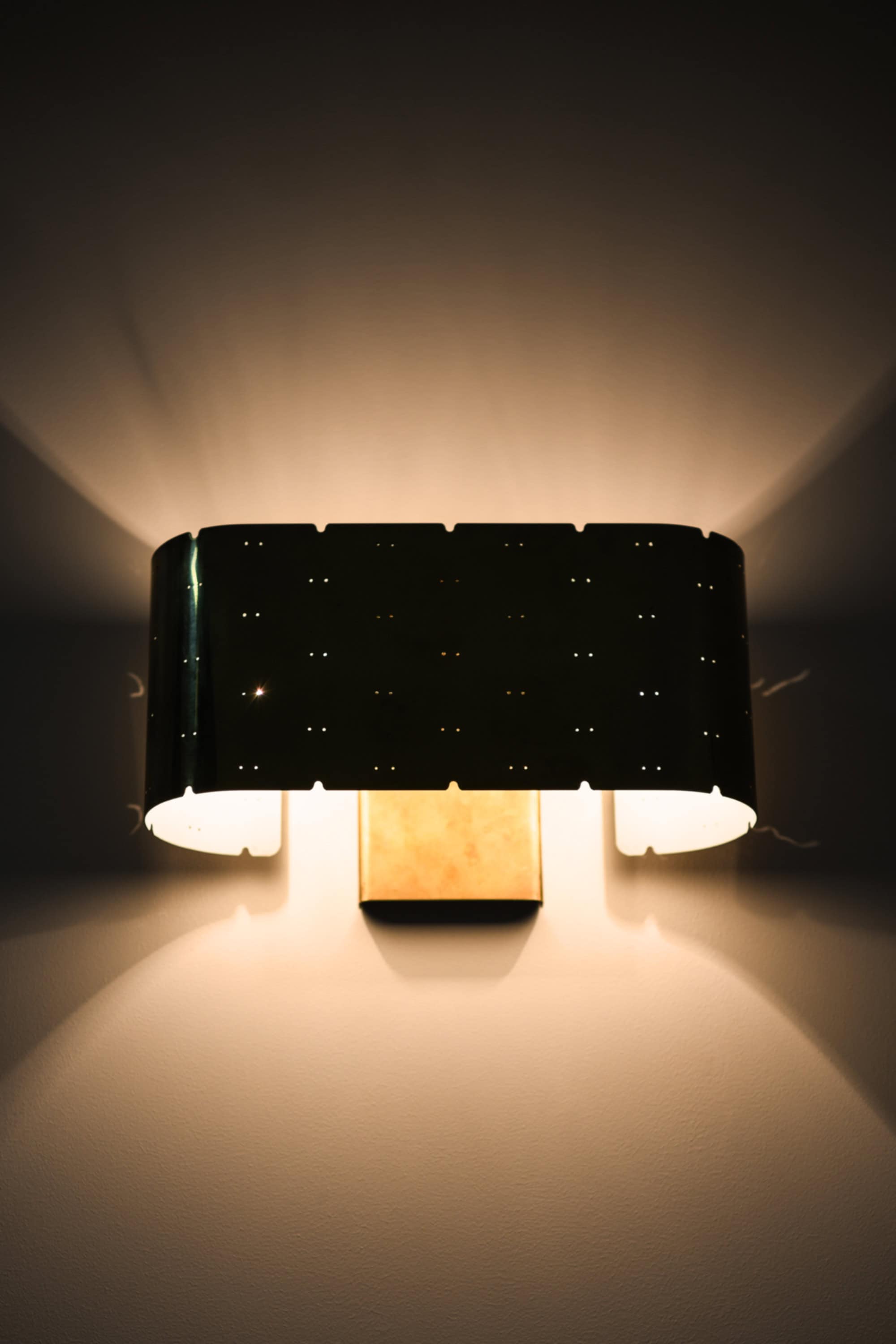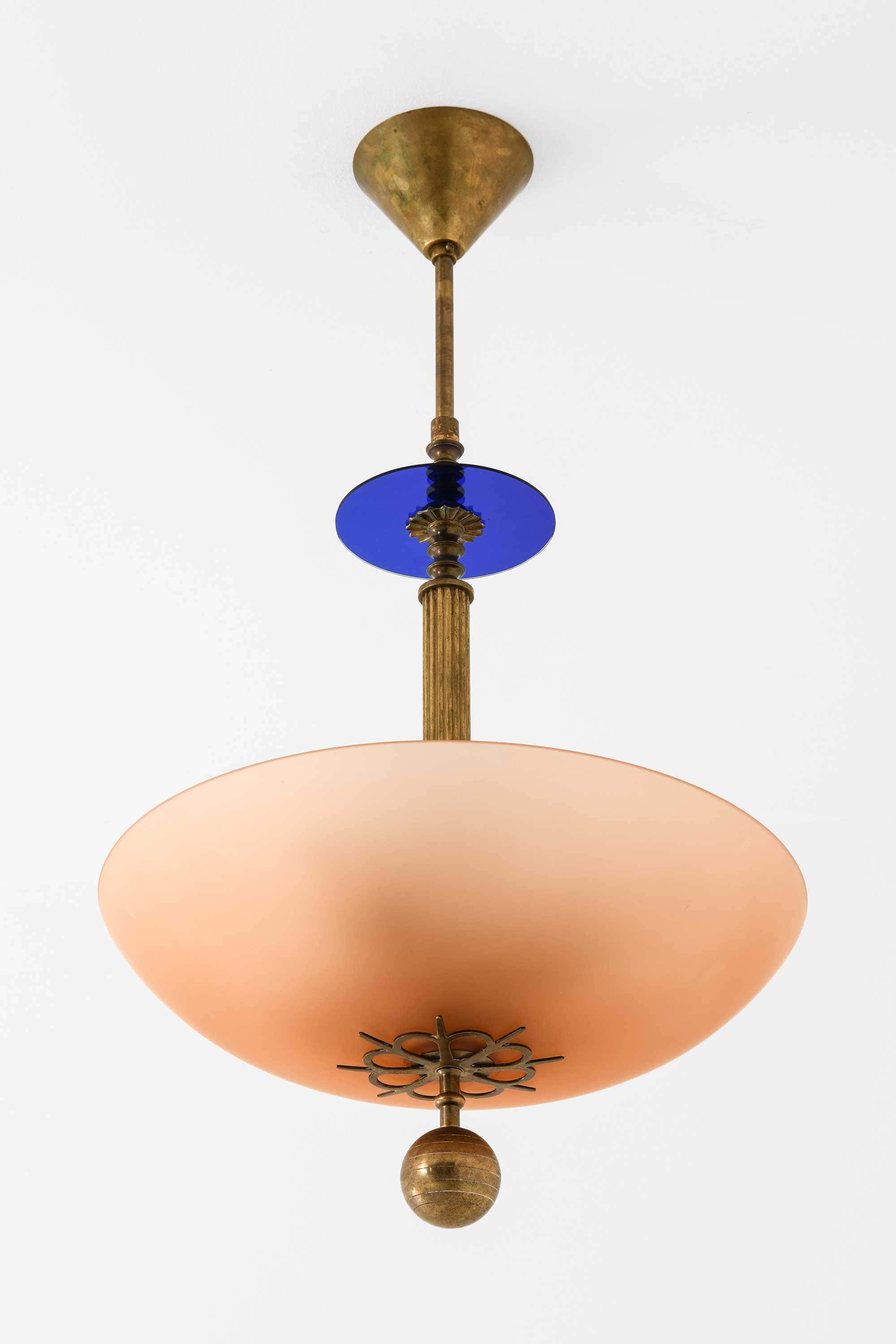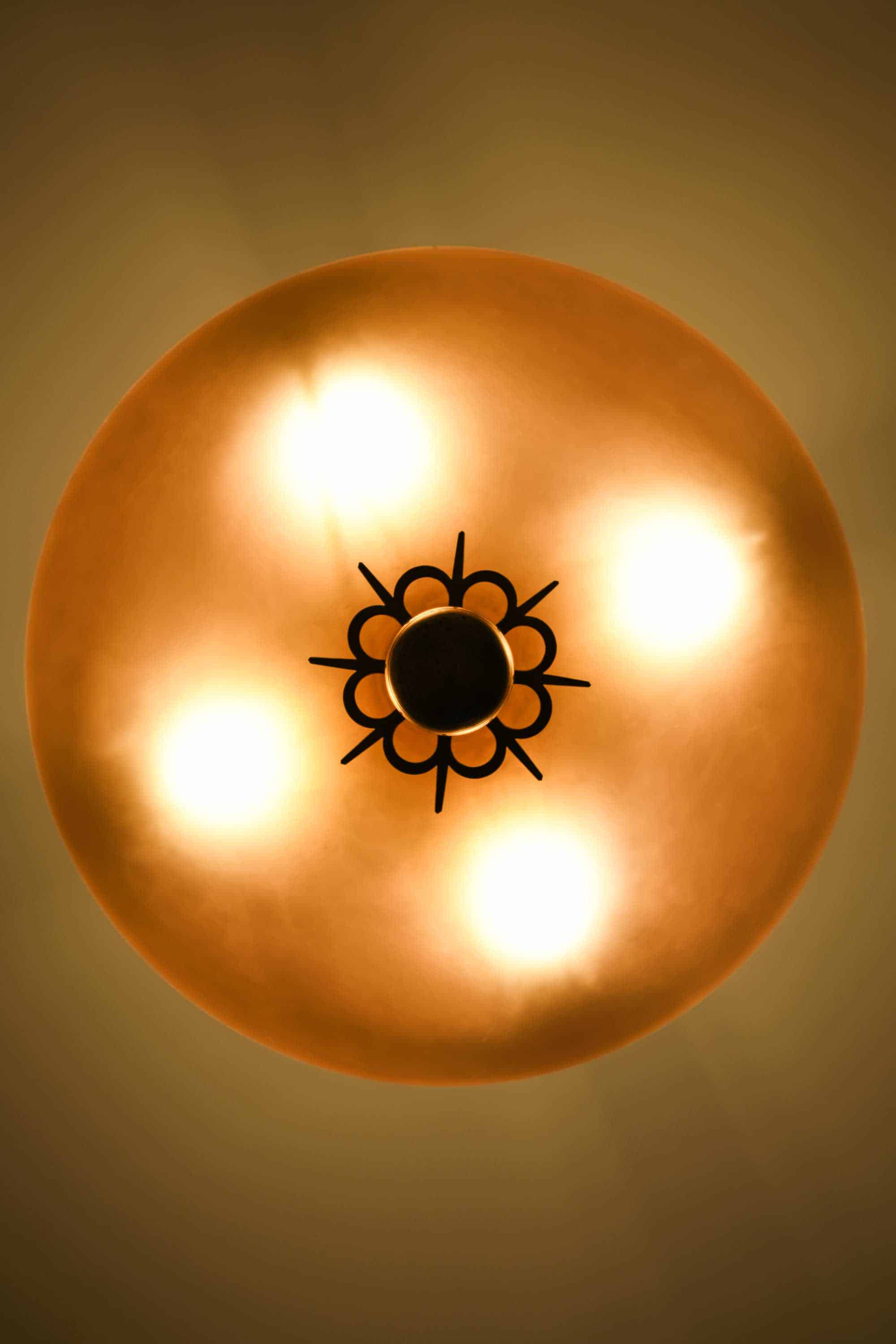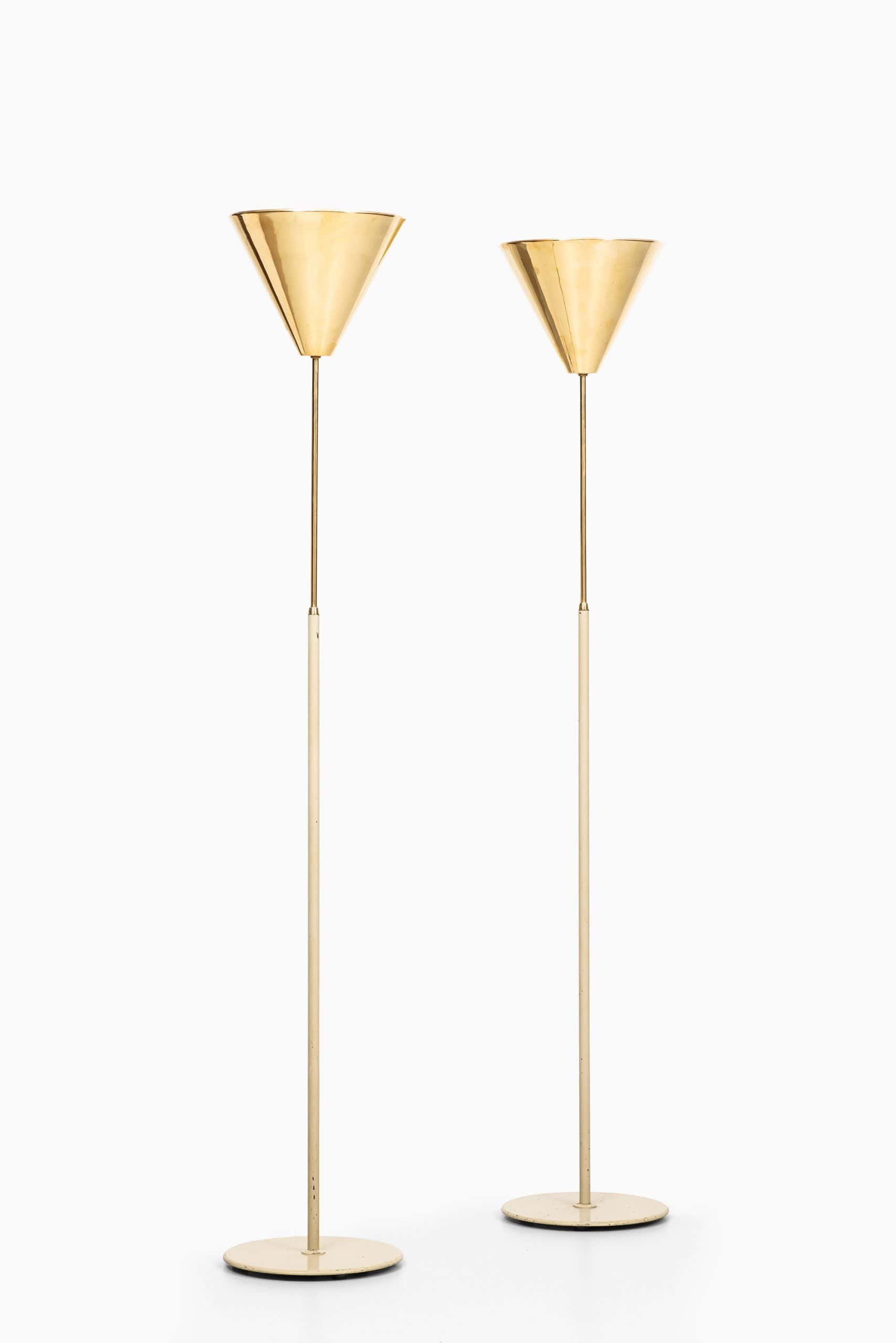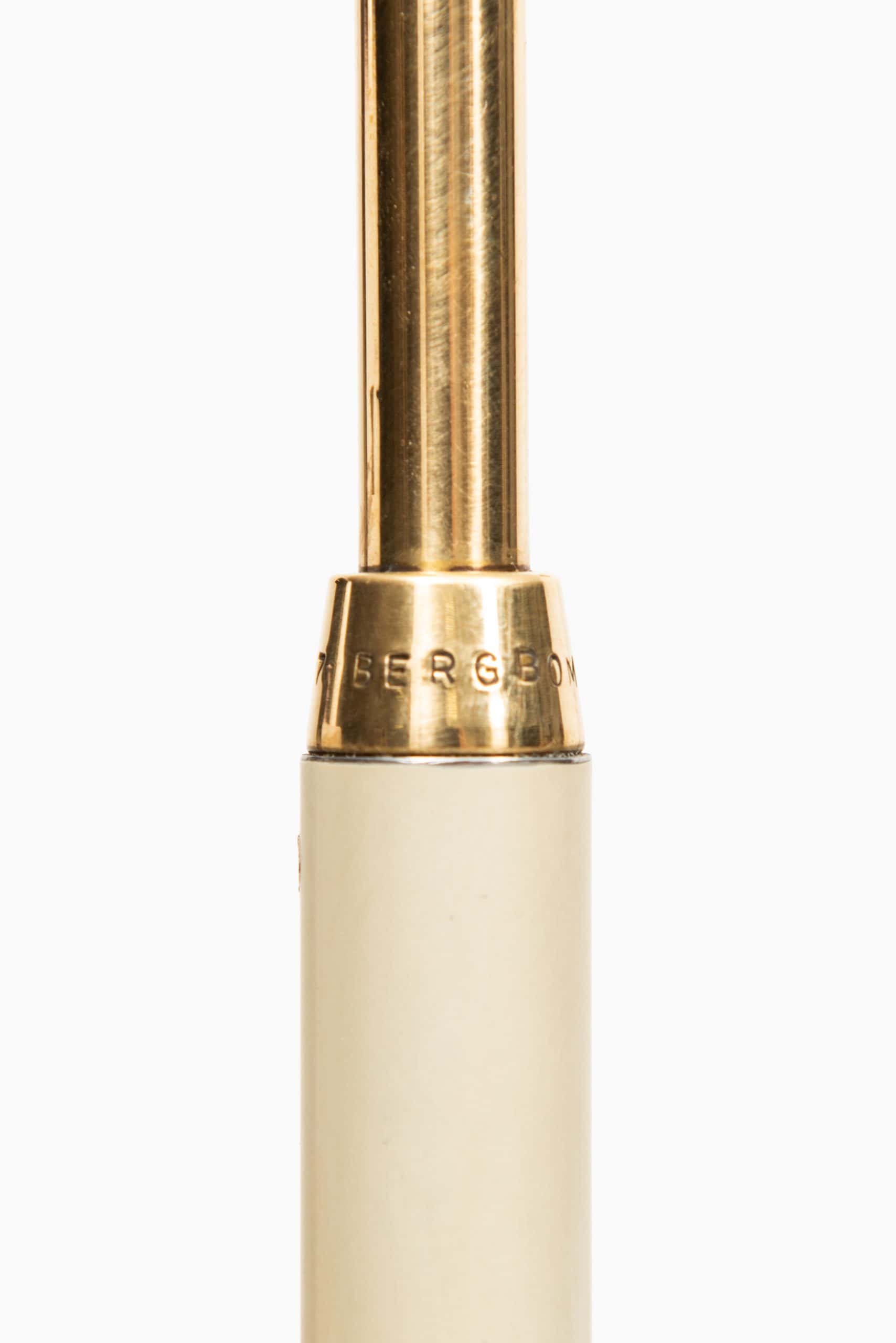Light in the North: Scandinavian Lighting Design 1920–1970
In Scandinavia, light has always been more than illumination, it is a way of seeing. The long winters and low northern sun shaped not only the region’s architecture, but also the interiors that defined everyday life. Designers in Denmark, Sweden, and Finland came to understand light as both a material and an idea – something to be shaped, softened, and reflected. From the 1920s to the 1970s, they developed a language of light that was both technical and poetic, merging modern innovation with an enduring sense of atmosphere.
The Nordic Light
Northern light is diffuse, even in its brightest moments. It filters through cloud and snow, creating spaces defined by reflection and shadow rather than direct brilliance. This environment demanded an approach to lighting that was both practical and poetic – lamps that produced warmth without glare, intimacy without darkness. The result was a design language centered on balance: between geometry and softness, material and glow.
Poul Henningsen and the Science of Soft Light
Few understood light as deeply as the Danish architect Poul Henningsen. Beginning in the 1920s, he devoted himself to studying the structure of light – how glare could be avoided, and how illumination could be distributed with the same harmony found in daylight. His solution was the layered PH system, which used multiple shades to diffuse and direct light evenly.
The PH-4/3 table lamp, designed in 1927 and produced by Louis Poulsen, embodies this principle. The lamp in our collection is an early example, identified by the ’PAT. APPL.’ marking beneath the top shade, confirming its early production. Its patinated brass stem and warm-toned shades create the soft, shadowless light Henningsen pursued throughout his career. More than a functional object, it stands as a study in precision – a balance between geometry, warmth, and clarity that remains unmatched in lighting design.
Paavo Tynell and the Poetry of Brass
In Finland, Paavo Tynell approached light with a sculptor’s sensibility and a craftsman’s touch. Known as “the man who illuminated Finland,” he worked with brass as if it were fabric – perforating, bending, and polishing it to catch and filter light. His lamps transformed the functional into the lyrical, often combining industrial materials with a handmade delicacy.
The pair of wall lamps now in our collection reflects this duality. Their perforated brass shades emit a soft, dappled glow, while the surface bears the gentle signs of time that give the material life. Tynell’s work shows that in Nordic design, ornament and restraint are not opposites – they coexist in perfect balance.
Harald Notini and the Decorative Modern
In Sweden, Harald Notini bridged the transition from Swedish Grace to modernism with extraordinary refinement. Working for Böhlmarks, he designed lighting that joined the decorative with the architectural – mixing etched glass, brass, and color to create compositions that felt both classical and forward-looking.
The ceiling lamp from our collection captures this exact sensibility. Its frosted peach-toned glass bowl, brass fittings, and striking cobalt-blue glass disc create a rhythm of color and light that transforms the room it inhabits. Here, illumination becomes ornament – a reminder that Swedish design could be as expressive as it was functional.
Bergboms and the Domestic Modern
By the mid-20th century, Scandinavian lighting found a new home in the modern interior. Swedish manufacturer Bergboms exemplified this shift, translating the ideals of modernism into domestic scale – lamps that were minimal yet warm, elegant yet approachable.
The pair of floor lamps by Bergboms, produced in the 1950s, distills that ideal. The tall, conical brass shades rest on slender ivory-lacquered stems, creating a gentle upward light that defines space without dominating it. Their simplicity is deceptive: every proportion is considered, every surface tuned to reflect light with precision. These lamps speak of a time when design was at once technical, tactile, and quietly human.
Light as Culture
Together, these designers transformed light into a defining feature of Nordic modernism. Henningsen sought the science of soft light; Tynell revealed its poetry; Notini gave it grace and rhythm; Bergboms brought it home. Each approached illumination not only as a function, but as a cultural act – a way to shape how life is seen and felt in the North.
To light a room with one of these pieces is to continue that lineage – to participate in a story where light is not merely visible, but alive.
